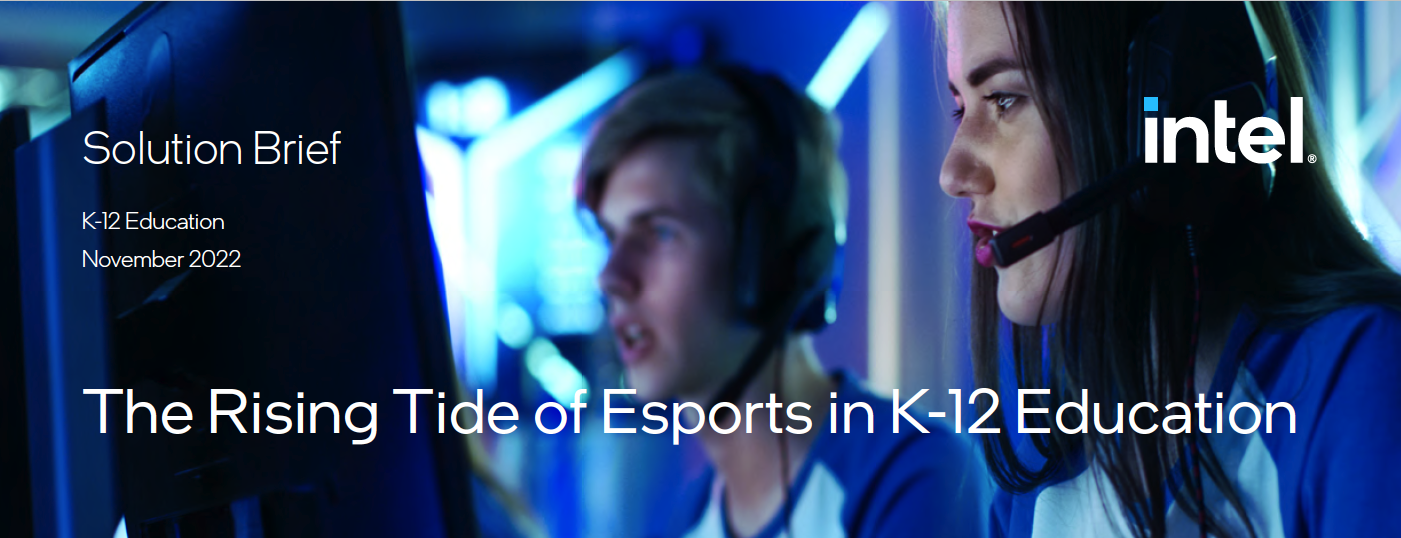Esports in K-12 Education
With thousands of schools participating in various leagues across the U.S. and the world, esports is having a major impact on STEM learning, college and career readiness, and the tech industry as a whole.
Video games, as with all gaming, have almost always included a competitive element, even in the earliest video games such as Pong.* However, it wasn’t until the early 2000s that technological innovations provided the environment for esports to thrive. Broadband internet speeds have allowed gamers to join multiplayer competitions, first through local-area network connections (a LAN party) and later through wireless networks. Gaming consoles like Xbox,* PlayStation,* and Nintendo* created their own online networks to keep pace. Streaming services like Twitch* and YouTube* popularized watching others play video games and viewing gaming tournaments. Additionally, a host of new games, such as StarCraft* and FIFA*, and game types including multiplayer online battle arena, capitalized on the vastly improved power, performance, and graphics of modern computing. While still rapidly evolving, the esports industry is now mature enough to include niches for almost anyone with any affinity toward gaming, no matter their age, interest, ability, or level of enthusiasm.

Leagues of Learning: Version 2.0
The rising tide of esports in K-12 education: An Intel® sponsored white paper updated June 2022.
Esports in K-12 Education

Intel®Solution Brief
How Intel® technologies are powering an emerging education phenomenon.

Fresno USD Case Study
Fueling an appetitie for esports at Fresno USD.
Benefits of Esports in K-12
- Improve retention
- Gain college skills
- Expand career opportunities
- Pathway to college
- Healthier behaviors
High School Esports Leagues
Additional Resources




